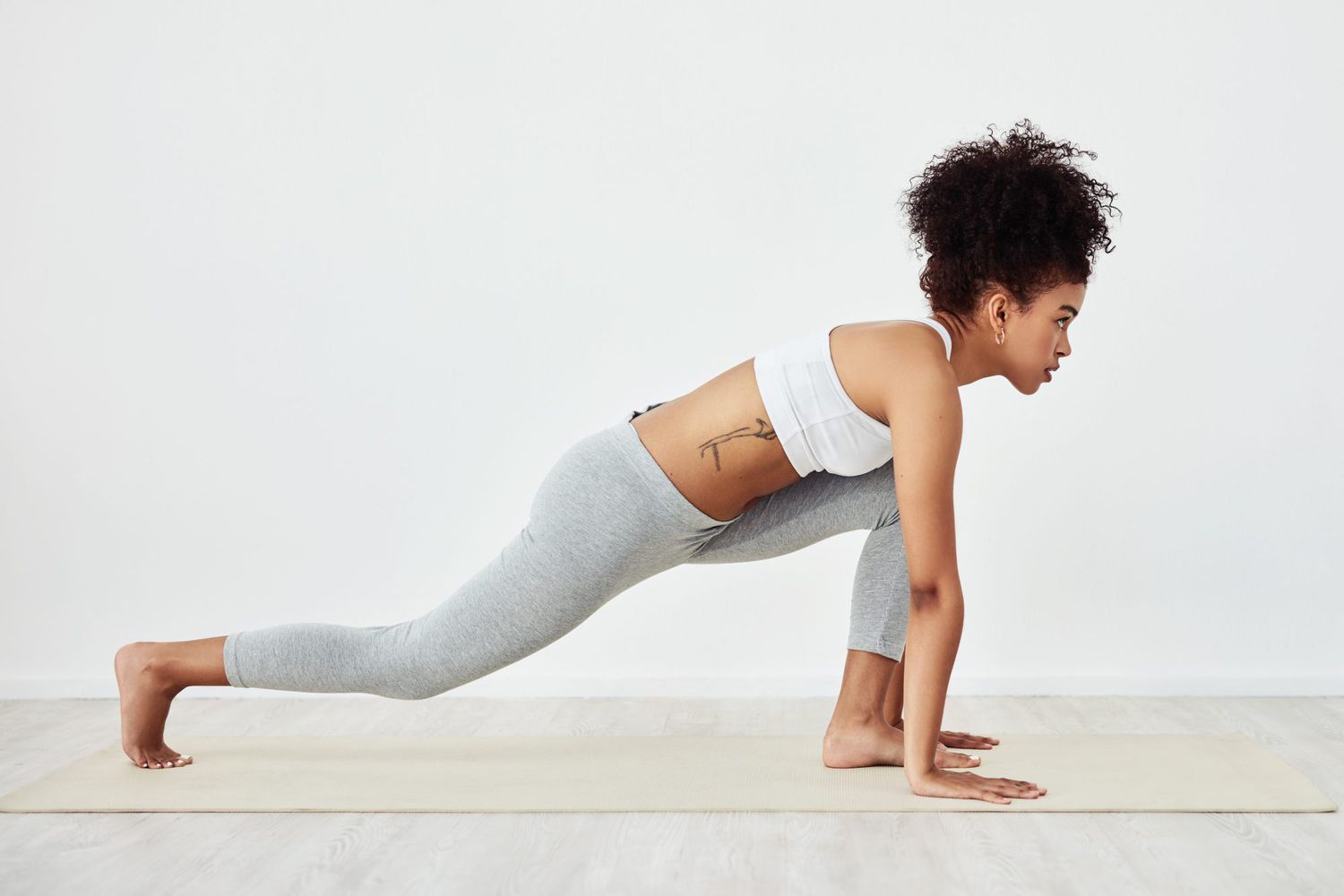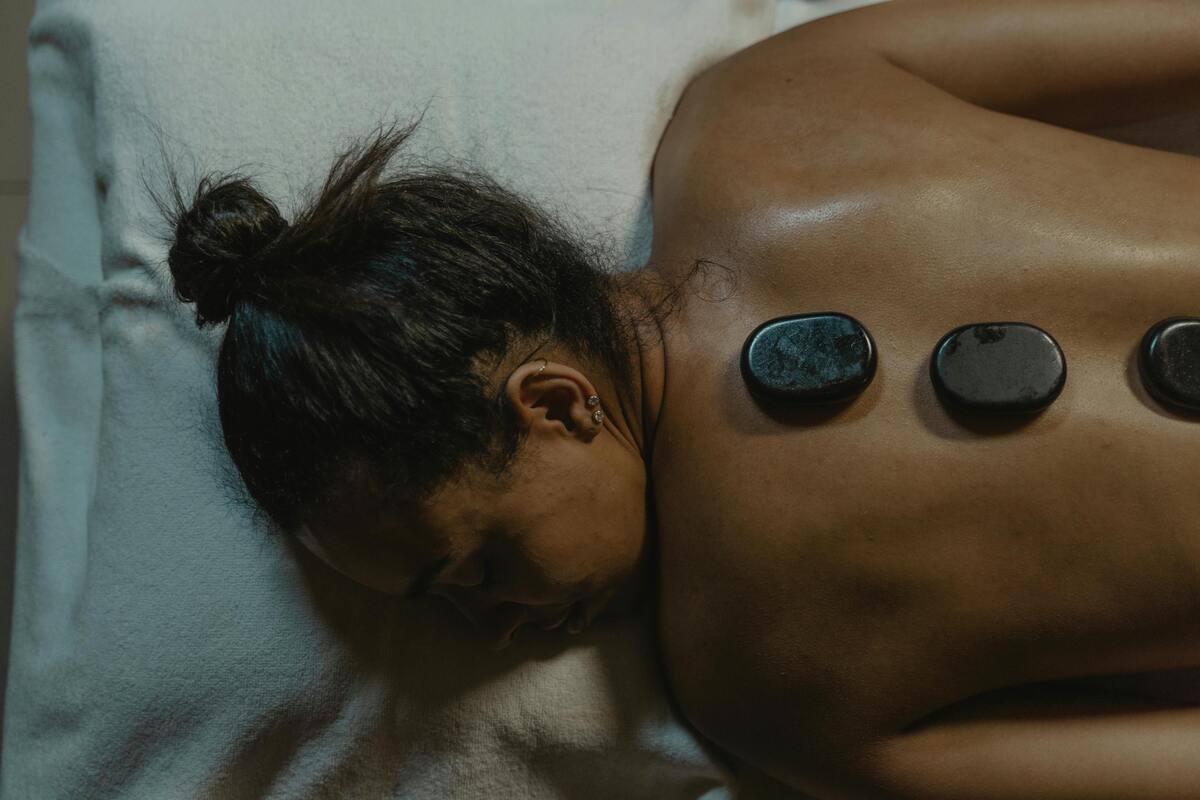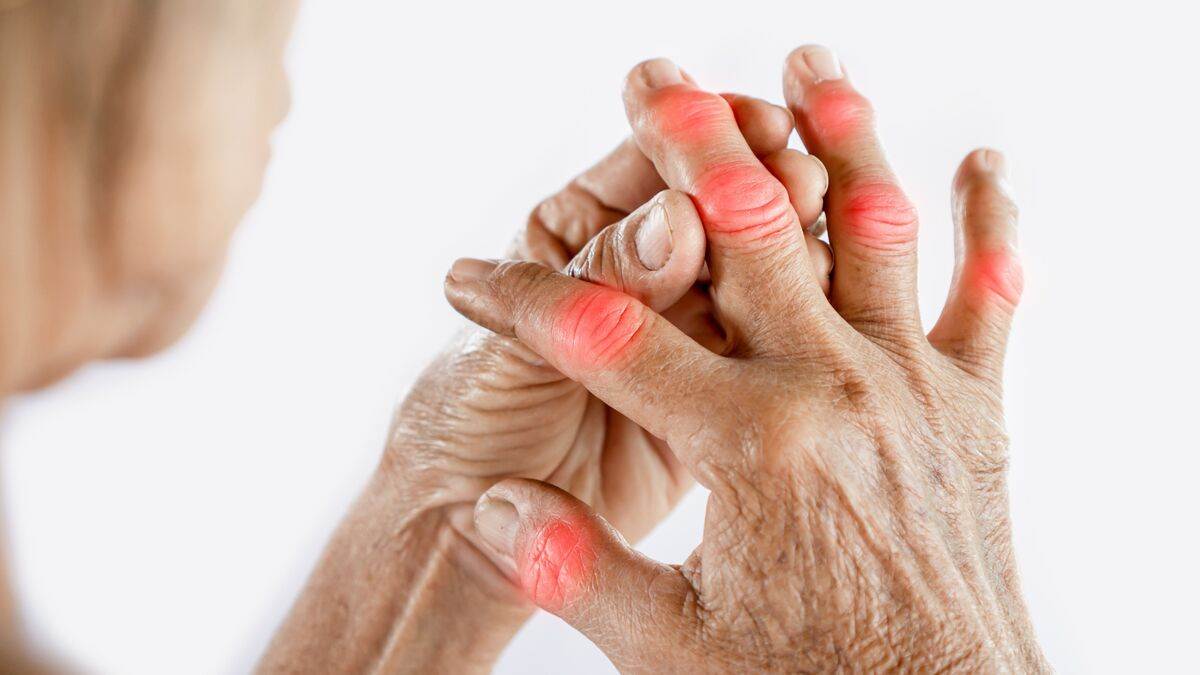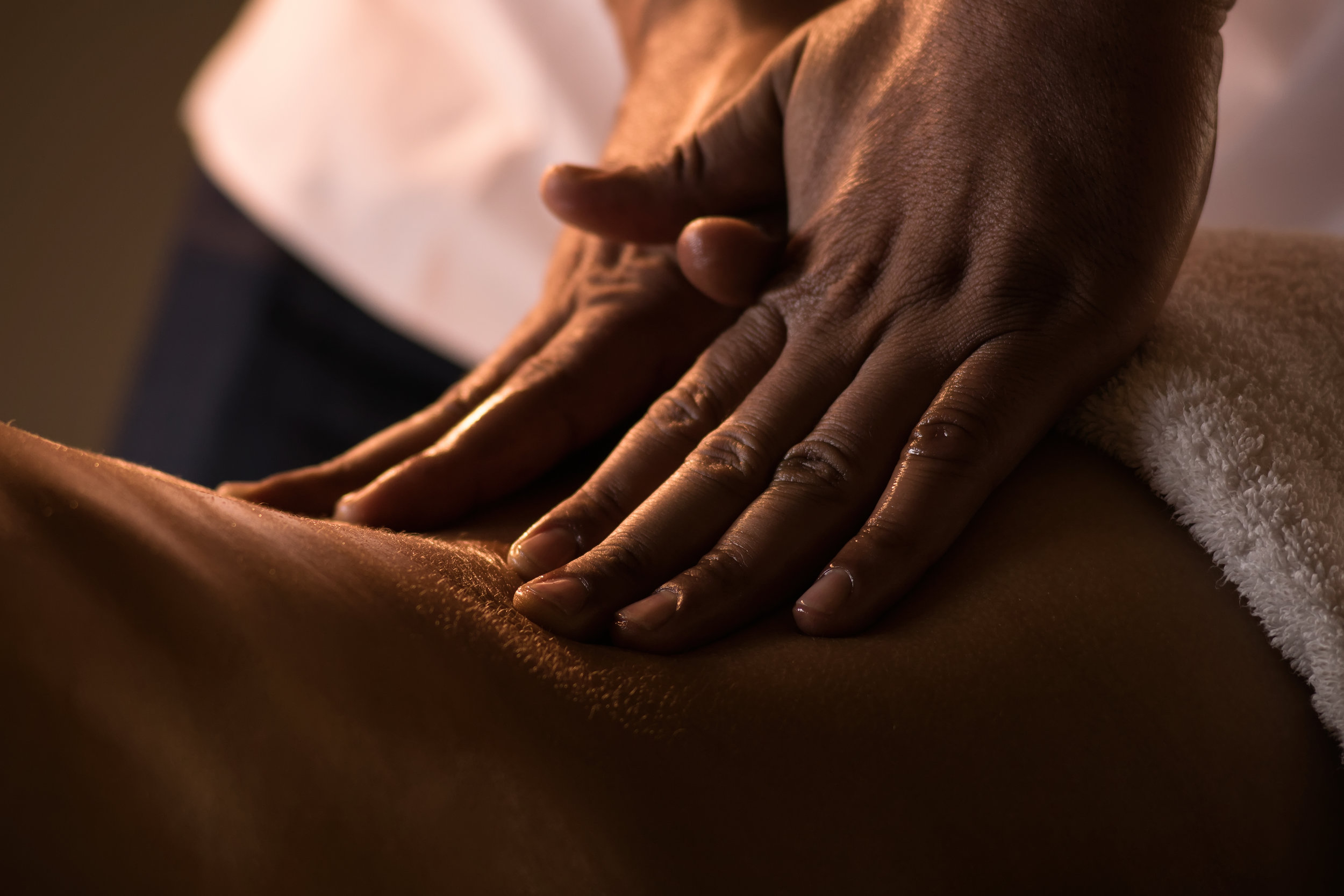
Stretching is a beneficial practice that directly affects the physiology of our muscles. When we stretch, the muscle fibers and connective tissues undergo elongation and relaxation. This process stimulates the muscle spindles, specialized sensory receptors within the muscles, which send signals to the central nervous system. In response, the nervous system triggers a reflex known as the stretch reflex, causing the stretched muscle to contract in order to protect itself from overextension. Additionally, stretching increases blood flow to the muscles, delivering oxygen and nutrients. This improved circulation enhances muscle function and promotes tissue healing. Over time, regular stretching can enhance flexibility, improve joint range of motion, and contribute to overall muscular health and performance.
There are several types of stretching techniques that target different muscle groups and have varying effects on flexibility and performance. Here are some common types of stretching:
1. Static stretching: This involves holding a stretch in a comfortable position for a prolonged period, typically around 15-60 seconds. Static stretching helps increase muscle length and flexibility over time and is often performed after exercise.
2. Dynamic stretching: Dynamic stretching involves performing controlled, repetitive movements that mimic the activity or sport you’re about to engage in. It helps warm up the muscles, increases range of motion, and prepares the body for physical activity. Examples include leg swings, arm circles, or walking lunges.
3. Proprioceptive neuromuscular facilitation (PNF) stretching: PNF stretching combines alternating contractions and stretches to improve flexibility. It typically involves a partner and is performed by contracting a muscle against resistance, then relaxing and stretching it further. PNF stretching can be highly effective but requires proper guidance.
4. Ballistic stretching: This involves using momentum and bouncing movements to push muscles beyond their normal range of motion. However, ballistic stretching carries a higher risk of injury and is generally not recommended without proper supervision or expertise.
5. Active stretching: Active stretching involves using your own muscle strength to hold a stretch or move a joint through its range of motion. It can help improve flexibility, balance, and control.
6. Passive stretching: Passive stretching relies on external forces, such as gravity or a partner, to apply pressure and stretch the muscles. It is commonly used in techniques like assisted stretching or when utilizing stretching aids like straps or gravity-based devices.
Remember that the appropriateness and effectiveness of each type of stretching may vary based on factors like individual fitness level, goals, and the specific activity or sport you’re preparing for. It’s recommended to consult with your practitioner or healthcare provider to determine the most suitable stretching techniques for your needs.

The optimal timing for stretching depends on various factors and can vary depending on individual preferences and the type of exercise. Traditionally, it was believed that static stretching before exercise could decrease muscle performance and increase the risk of injury. However, dynamic stretching (active movements that gently take joints and muscles through their range of motion) before exercise has been found to be more beneficial for warming up the body and preparing the muscles for activity.
After exercise, when the muscles are warmed up and more flexible, it’s generally a good time to incorporate static stretching. Stretching after a workout can help promote muscle recovery, improve flexibility, and reduce muscle soreness.
It’s important to note that there is no one-size-fits-all answer, and individual preferences and specific exercise routines may differ. If you have any specific concerns or are following a particular exercise program, it’s always a good idea to consult with your fitness professional or Practitioner for personalized guidance on stretching and warm-up routines.



